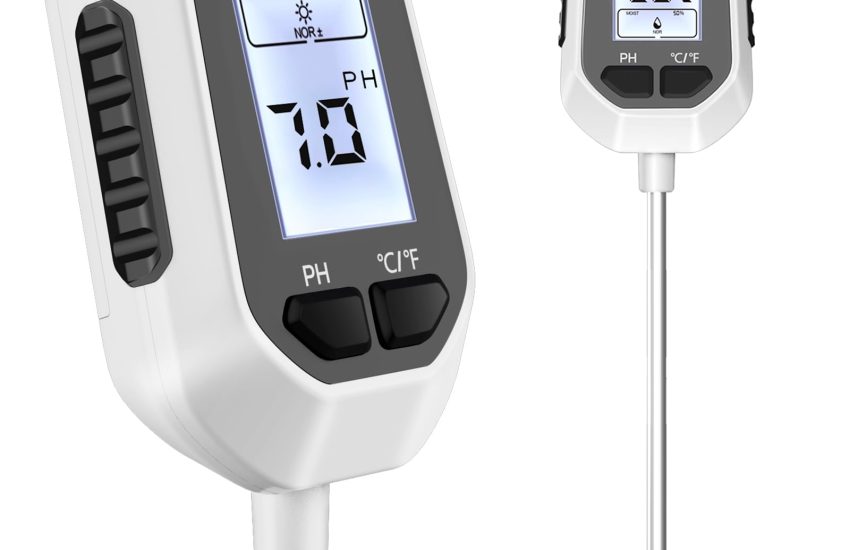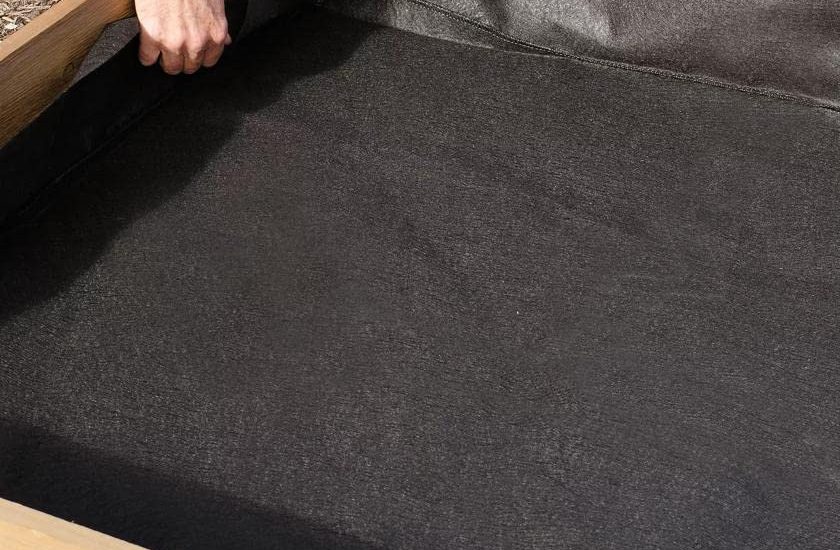Top 5 High-Efficiency Broadcast Spreader Buyer’s Guide for Sustainable Farms in 2025
We independently select all products and services. If you click through links we provide, Plant Native may earn a commission with no extra cost to you.
Broadcast spreaders make life on the farm easier by tossing out seeds, fertilizer, or amendments evenly across big fields. They fling materials in a wide arc, so you can cover a lot of ground without a ton of effort.
On sustainable farms, high-efficiency spreaders help cut down on waste and make sure you’re not dumping too much in one spot. That’s a win for soil health, water quality, and biodiversity—all the stuff we care about.
Accuracy really matters. If you overdo it, you can mess up the ecosystem, so we look for spreaders that let us control the rate and coverage. The right spreader means you’re not guessing how much you put down.
When we shop for a broadcast spreader, we look at hopper size, spreading width, calibration, and how tough the thing is. Adjusting it should be simple, and it shouldn’t rust out in a year.
We spent hours combing through reviews and putting a handful of models to the test. Here are our top five high-efficiency broadcast spreaders for sustainable farms.
Top 5 High-Efficiency Broadcast Spreaders for Sustainable Farms
We picked these spreaders because they do the job well and hold up over time. Each one strikes a balance between performance, durability, and being a bit kinder to the environment.
Buyers ATV Vertical Mount Spreader
This one’s a favorite if you want an ATV-mounted spreader that handles different materials without fuss.
Pros
- Mounts on most ATV racks with minor tweaks
- You can control material flow from the driver’s seat
- The poly hopper keeps stuff dry and safe
Cons
- Might need to tweak the mounting bracket
- Control gate gets fussy with certain materials
- Heavier than some, so handling changes a bit
We got the mount system snug after adjusting the horseshoe bolts and drilling a couple of holes. It took a few tries, but once it was tight, it stayed put.
Being able to operate the spreader from the seat saves a ton of time, especially on bigger fields. The sealed motor casing handled damp, dusty days without a hiccup.
Material spread was mostly spot-on, but we had to mess with the shut-off gate to avoid clogs now and then. The 15-gallon hopper cut down on reloads, which is a relief on longer jobs.
Buyers Products UTV Spreader
This spreader turns your UTV into a solid multipurpose machine for seed, fertilizer, or even salt.
Pros
- Poly hopper resists rust, keeps materials dry
- Feed gate lets you adjust the spread rate
- Hooks up to a 2-inch receiver hitch in minutes
Cons
- Needs a bit of tinkering for the perfect fit
- Wet or clumpy materials can jam it up
- The flow control lever is tough to reach from the seat
We used it for feeding deer, fertilizing, and seeding rough ground. The sealed motor held up through rain and dust, and the 15-gallon hopper meant fewer stops.
Installation was mostly smooth, but getting the gate lever and hitch just right took some patience.
You’ll need to stick with dry, free-flowing material to keep things moving. No internal auger, so you have to keep an eye on it if you’re spreading heavier stuff.
DR Receiver Spreader
If you want to cover a lot of ground without stopping to reload, this spreader’s big hopper and wide broadcast help.
Pros
- Spreads up to 12 feet wide
- 125-pound hopper means fewer refills
- Controls are right by the ATV seat
Cons
- Some hardware was missing or too short during assembly
- Motor struggles if you overload it
- Sometimes needs a couple of tries to start up
Mounting and using the DR Receiver Spreader was quick, and it sped up our work compared to handheld versions. The big hopper saves time, especially on bigger jobs.
The wide spread covers a lot in one go, and you can tweak the controls without getting off the ATV.
We had to double-check the parts list since a few bolts were missing. Overloading the motor bogged it down, so we learned to stick to the recommended capacity.
Buyers ATV Broadcast Spreader
This one’s great for reliable ATV-mounted seeding and fertilizing with solid control over how much you’re putting down.
Pros
- Holds up to 100 lbs, tough poly build
- Manual feed gate for easy adjustments
- Rain cover keeps things dry
Cons
- Wiring the motor takes some patience
- Larger seeds like oats can jam the feed gate
- Might not be big enough for huge fields
The poly hopper felt sturdy and was big enough for most small farm jobs. Mounting was simple, but getting the wiring right took a little extra effort.
Manual gate control worked for most materials, but we had to coax larger seeds through sometimes. The rain cover was handy for those damp mornings.
If you need a straightforward, weather-resistant spreader for regular farm use, this one fits the bill—unless you’re working on a massive scale.
EarthWay T150 Towable Spreader
Here’s a tough, accurate machine if you’re running a sustainable farm and want to spread seed or fertilizer without making a mess.
Pros
- Lets you control side spread to protect delicate spots
- 150lb capacity means fewer stops
- Solid build and non-skid tires handle rough ground
Cons
- Assembly is confusing, instructions don’t help much
- Sometimes parts are missing, so you might need to chase replacements
- Needs towed at about 3 mph for best results
We liked how the EarthWay T150 let us avoid dumping too much near paths or flowerbeds. The side spread control is a smart touch.
Build quality feels sturdy, and it rides steady behind a tractor. The non-skid tires managed bumps and ruts without slipping.
Assembly took longer than we wanted, mostly because the instructions left us guessing. Keeping a steady towing speed was key—go too fast or slow, and you lose the even spread.
Despite the tricky setup, it’s a dependable tool for precise, efficient work on sustainable farms.
Buying Guide
When we pick out a broadcast spreader, we care about efficiency and durability. A model that spreads efficiently helps us cut down on waste and gets the material where it needs to go.
That makes managing inputs a whole lot easier, especially on sustainable farms. We always check for adjustable settings so we can tweak the spread width and rate.
This flexibility lets us adapt, depending on what material we’re using and how big the field is. Easy calibration matters too—nobody wants to fuss with a tricky setup every time.
Material and build quality? Huge deal. We lean toward spreaders made from corrosion-resistant metals or tough plastics because they hold up better over time.
It’s important that the spreader can handle different fertilizers and seeds without getting clogged up. That’s just basic convenience.
Here’s a quick breakdown of the features we actually look at:
| Feature | What to Look For | Why It Matters |
|---|---|---|
| Hopper Capacity | Size fits farm scale | Less frequent refilling |
| Spread Pattern | Adjustable and even distribution | Reduces overlap and waste |
| Drive Mechanism | Manual, tow-behind, or powered | Matches farm equipment and labor |
| Calibration Ease | Simple and precise adjustments | Accurate input application |
| Construction Material | Rust-resistant, sturdy materials | Longevity and outdoor durability |
We also think about whether the spreader will fit with our existing gear. If it hooks up easily to a tractor or ATV, that’s a big time-saver.
Choosing a spreader really comes down to balancing capacity, control, and build quality. Getting it right helps us optimize what we put in and keeps things running smoothly on the farm.







